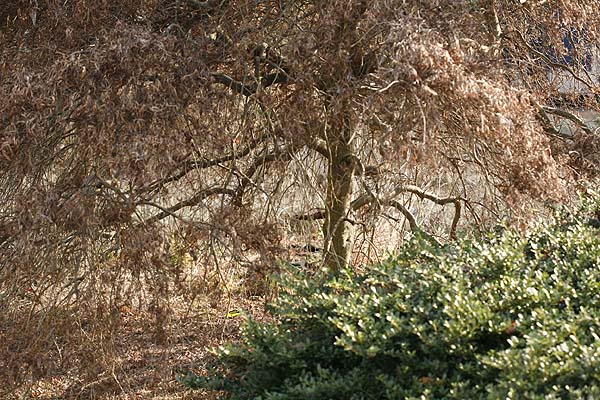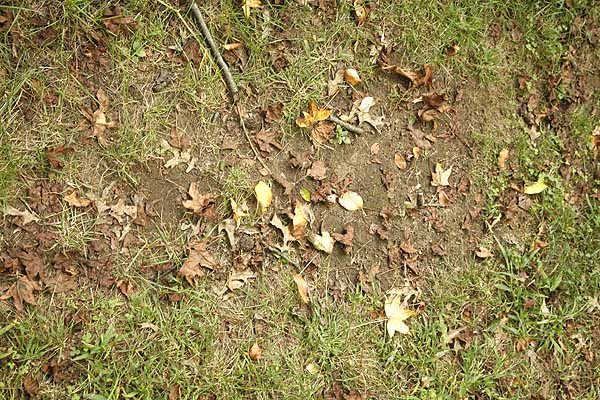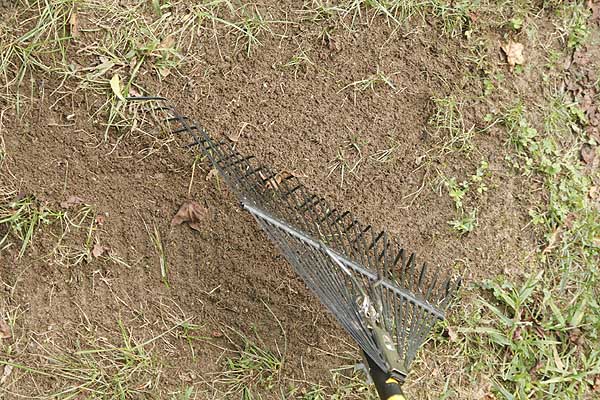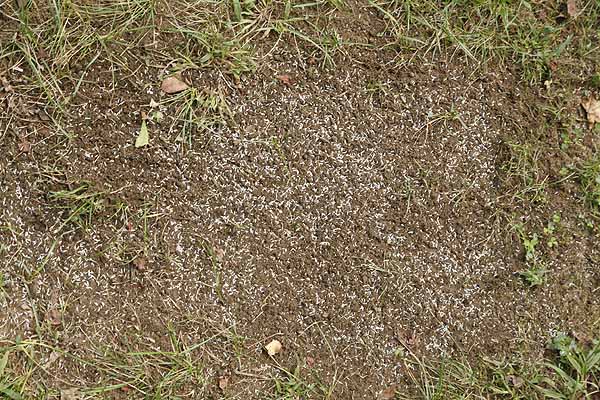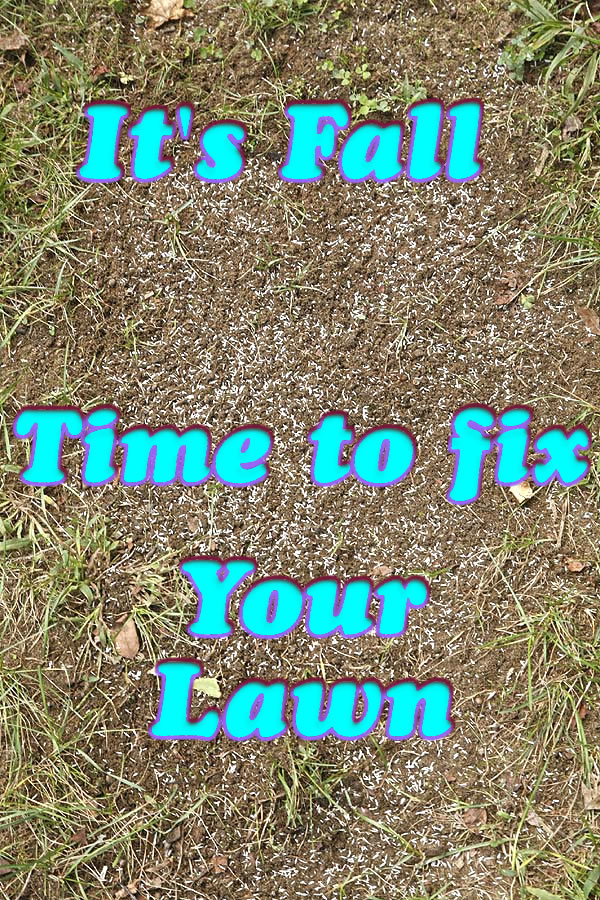Its very common to have people call me in the spring because their landscaping shrubs or trees are not doing well. As spring progresses the poor shrub looks sicker and more unhappy. The usual statement is ‘it was fine last year, now this spring its not’.
The most common reason for this problem is because the plant was not given adequate water before the winter set in. This is especially true for evergreen shrubs but can affect any shrub or small tree. It is vitally important for new trees and shrubs that have been planted this year or last year. Let’s look at the problem.
Plants are like people. I tell everyone this all the time. If you think of a plant like a person and treat them the same way then you have a much easier time with plant care. Even though plants are built to like sunlight and use it for food they are just as susceptible to the heat from the sun and the burning rays are we are. Plants however cant just pick up some sunscreen and slather it on like we can, and they most certainly cant get up and move to a better location.
What plants can do is sweat. Yes plants sweat just like we do. It’s the way they keep cool and keep the damaging rays from the sun at bay. To do this they have to have water. They keep some of this water in their roots, stems and leaves but the reserve supply is in the soil. IF the soil dries out the plant cant get enough water to sweat, so it wilts, at least in summer it wilts.
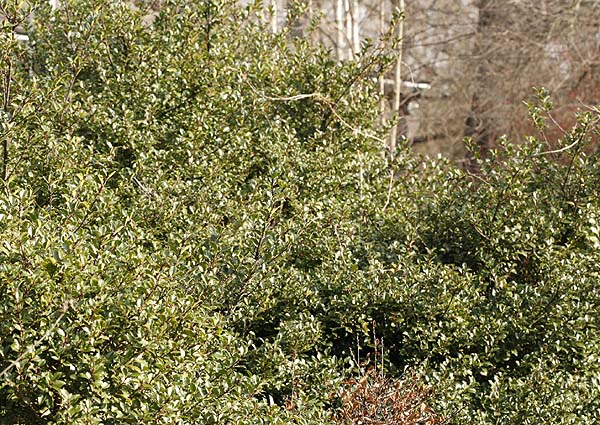
Winter is a bit different. While its cold in the winter for a lot of the United States its still sunny. This sunshine might not produce a lot of heat during the winter months but it still produces some and the damaging ultra violet rays are just as strong. If the temperatures are reasonable then the plant can still get water from the soil and most often its fine.
However if the temperatures are very low the ground freezes. There are many many days when we have snow on the ground but bright sunshine. We all know what that’s like, we need sunglasses to keep the glare down. It can even be quite warm during those sunny days but not enough to melt the snow and unfreeze the ground.
Now that poor plant is standing there in the bright sunshine with reflected glare coming off the snow covering and it does not have any sunglasses to put on. It tries to sweat, if it has managed to collect enough water in its ‘body’ (roots stems and leaves) it can do this. If it runs out it will try and suck it out of the ground, but when it sucks on that straw its blocked because the ground and the water in it is frozen so just like you sucking on a straw that blocked it cant get anything. So it suffers.
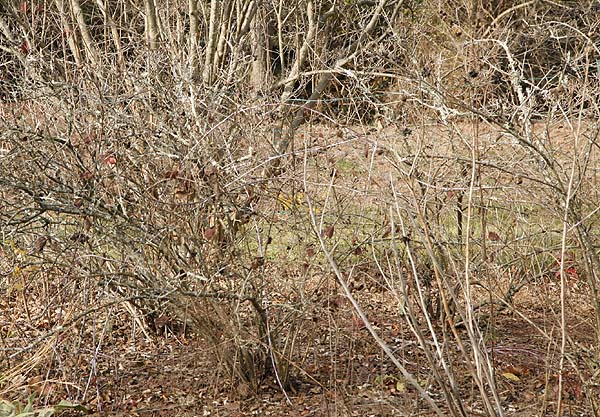
If this happens quite a few times during the winter months the plant gets very stressed. Imaging being out in the cold glaring sun getting hot and having nothing to drink, you would not like it much either.
For the most part the plant does not show these signs of stress until the spring comes. Then when new growth should be bursting out of those buds and perhaps flowers forming the poor plant is exhausted. It does not have the strength to make new growth or even recover from the stress it had over the winter. This is when you start to see the problems in the plant. However in many cases its now too late to help. The plant is just too exhausted to go on.
This scenario can be prevented by making sure all your plants get a good amount of water in the late fall and early winter months. Don’t just stop watering them because the weather gets cold. Even if the leaves are falling off the trees if its not raining much then water those shrubs. The need to have a good water reserve to get them through the very cold, frozen months and come through in spring as a happy healthy plant. What you do in the fall and early winter can make a massive difference to how healthy your plants are in the spring.
This is especially important to shrubs that are usually shaded by deciduous plants during the summer months. In the winter all these leaves are gone and the plant is subjected to the full force of the sunlight without any protection. Its going to get a much higher dose of light than it would during the summer. Even if the plant is now just stalks and twigs with no leaves its still has to endure the ravages of the winter sun. Giving it as much help as possible will ensure it’s a happy healthy plant next spring.
So don’t put the hose away if the temperature falls – although you might want to bring in the watering end overnight to stop it freezing. If you have many days of cool but not freezing weather with sunshine and no rain then make sure you water those shrubs and small trees. Large mature trees can usually take care of themselves. Water everything at least once a week and give it a good soak not just a few sprinkles, keep doing that every week until its just too cold or the ground freezes up. Your plants will love you for it.

